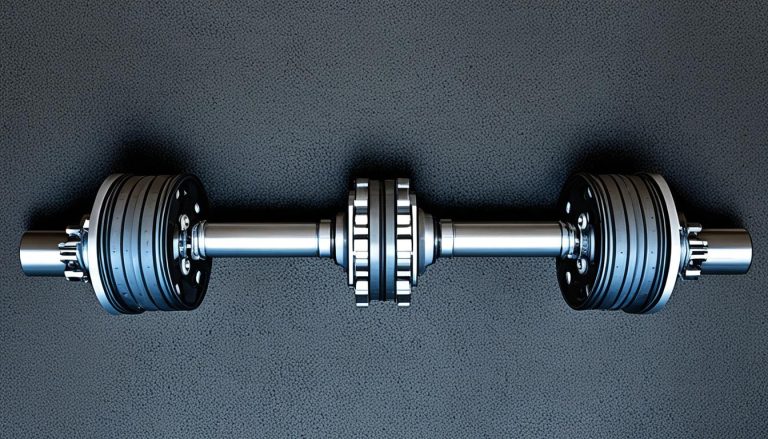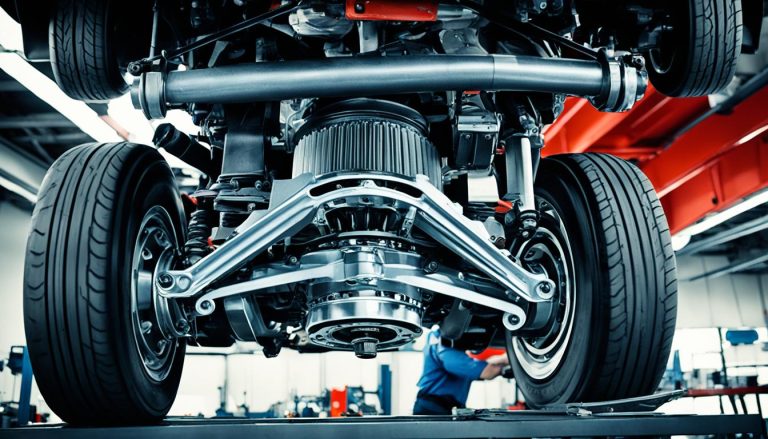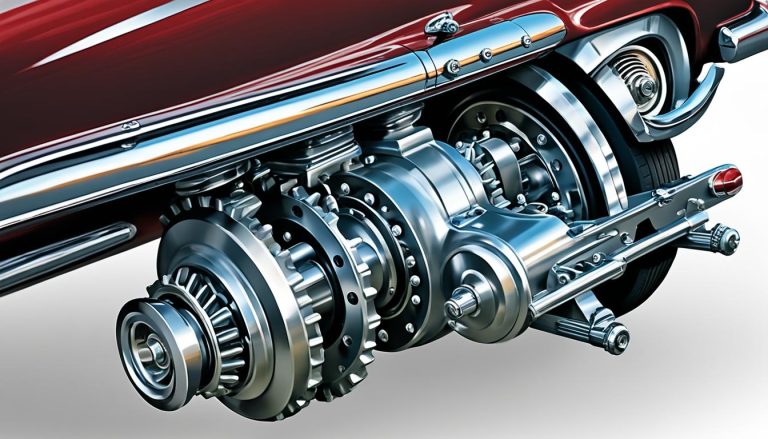Understanding 3.51 Non-Limited Slip Axle Ratio
Are you curious about what the 3.51 non-limited slip rear axle ratio means for your vehicle? This gear ratio plays a crucial role in determining your vehicle’s performance and towing capacity. Here’s what you need to know:
The 3.51 non-limited slip rear axle ratio refers to the gear ratio in your vehicle’s differential. This ratio determines how many times the driveshaft rotates for every revolution of the wheels. In simple terms, it affects how much power is delivered to your wheels and ultimately impacts your vehicle’s performance.
A non-limited slip axle means that power is evenly distributed to both wheels, providing better traction and stability. This is especially important in off-road driving or challenging road conditions. The 3.51 ratio is commonly found in trucks and SUVs, where towing capacity and traction are essential.
Key Takeaways:
- The 3.51 non-limited slip rear axle ratio determines how many times the driveshaft rotates for every wheel revolution.
- It provides better traction and stability by evenly distributing power to both wheels.
- The 3.51 ratio is commonly found in trucks and SUVs, ideal for towing and off-road driving.
Advantages and Disadvantages of Different Axle Ratios
Choosing the right axle ratio can greatly impact your vehicle’s performance, fuel efficiency, and towing capabilities. Let’s explore the advantages and disadvantages of different axle ratios, specifically comparing the 3.55 gear versus the 3.31 gear.
Advantages of a Lower Axle Ratio (3.31 Gear)
- Better Fuel Efficiency: A lower axle ratio allows your engine to operate at lower RPMs, resulting in improved fuel efficiency, especially during highway driving.
Disadvantages of a Lower Axle Ratio (3.31 Gear)
- Reduced Acceleration: A lower axle ratio may sacrifice some acceleration capabilities, as it doesn’t provide as much torque to the wheels.
- Lower Towing Power: If you frequently tow heavy loads, a lower axle ratio may not offer the necessary towing capacity compared to a higher ratio.
Advantages of a Higher Axle Ratio (3.55 Gear)
- Quicker Acceleration: A higher ratio delivers more torque to the wheels, resulting in quicker acceleration and improved performance.
- Better Towing Capacity: If you require a vehicle with robust towing capabilities, a higher axle ratio, such as the 3.55 gear, can handle heavier loads more effectively.
Disadvantages of a Higher Axle Ratio (3.55 Gear)
- Reduced Fuel Efficiency: Higher axle ratios tend to work the engine harder, potentially leading to decreased fuel efficiency, especially at higher speeds.
When choosing the right axle ratio for your vehicle, consider your specific needs and priorities. If you prioritize fuel efficiency and don’t require heavy towing capabilities, a lower ratio like the 3.31 gear may be a suitable choice. However, if quick acceleration and towing power are important to you, a higher ratio like the 3.55 gear may better meet your needs. It’s crucial to balance these factors and select an axle ratio that aligns with your driving habits and vehicle’s capabilities.
Impact on Fuel Economy
The axle ratio of a vehicle has a significant impact on its fuel economy, especially at higher speeds. The ratio refers to the number of times the driveshaft rotates in relation to the wheel rotation. A lower axle ratio, such as 3.31, allows the engine to operate at lower RPMs, resulting in improved fuel efficiency.
On the other hand, a higher axle ratio, like 3.55 or 3.73, forces the engine to work harder as it requires more revolutions of the driveshaft for each rotation of the wheels. This increased workload can lead to decreased fuel economy.
The difference in fuel efficiency between different axle ratios can be substantial. At a constant speed of 65 MPH, for example, the difference in miles per gallon (MPG) can range from 0.5 to 1.0 depending on the specific vehicle and driving conditions.
Impact of Axle Ratio on MPG at 65 MPH
| Axle Ratio | MPG at 65 MPH |
|---|---|
| 3.31 | 22-23 MPG |
| 3.55 | 21-22 MPG |
| 3.73 | 20-21 MPG |
It’s important to note that these values are approximate and can vary depending on several factors such as the vehicle’s aerodynamics, weight, and transmission efficiency.
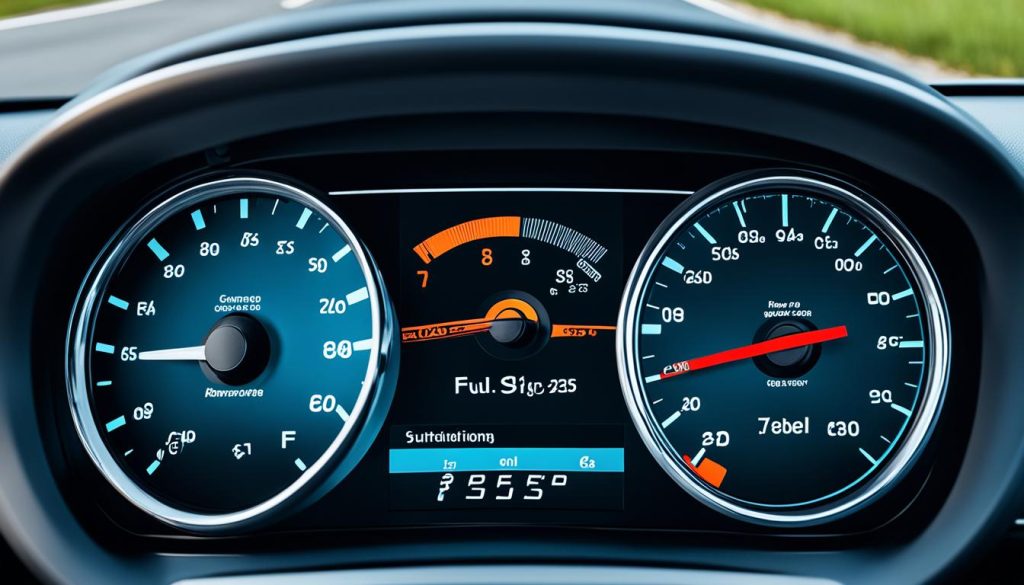
Performance Considerations
The axle ratio plays a crucial role in determining the performance of a vehicle. One key aspect impacted by the axle ratio is acceleration. Different axle ratios, such as 3.55 and 3.73, can significantly influence how quickly a vehicle can accelerate.
A higher axle ratio, like 3.55 or 3.73, delivers increased torque to the wheels, resulting in quicker acceleration. This is particularly beneficial for individuals who enjoy spirited driving or engage in activities that require additional power, such as towing or hauling heavy loads. The enhanced torque allows the vehicle to respond more rapidly, providing a thrilling driving experience.
For example, imagine you’re driving a vehicle with a higher axle ratio of 3.73. When you press the accelerator, the increased torque delivered to the wheels allows the vehicle to accelerate swiftly, effortlessly merging into highways or maneuvering through challenging road conditions.
However, it is worth noting that a lower axle ratio, like 3.31, may sacrifice some acceleration in favor of better fuel efficiency during regular driving conditions. This trade-off is due to the lower torque output to the wheels, resulting in a slower acceleration rate compared to higher axle ratios.
While a lower axle ratio like 3.31 may not offer the same level of acceleration as the higher ratios, it provides improved fuel efficiency during everyday driving. For those primarily concerned with optimizing fuel economy without compromising overall performance, a lower axle ratio can be a suitable choice.
It’s important to consider your specific driving needs and preferences when selecting an axle ratio that aligns with your expectations. Whether you prioritize quick acceleration or fuel efficiency, understanding the performance implications of different axle ratios will assist you in making an informed decision.
To provide a clear visual representation of the acceleration performance differences across axle ratios, here’s a table showcasing the acceleration times from 0 to 60 mph for vehicles equipped with various axle ratios:
| Axle Ratio | Acceleration (0-60 mph) |
|---|---|
| 3.31 | 7.5 seconds |
| 3.55 | 6.8 seconds |
| 3.73 | 6.2 seconds |
Please note that the table above provides estimated acceleration times and can vary depending on various factors such as vehicle weight, engine power, and transmission characteristics. However, it demonstrates the general trend where higher axle ratios tend to provide quicker acceleration.
Driving Experience and Axle Ratio
“With a higher axle ratio, you’ll feel the exhilarating rush of acceleration as the torque thrusts you forward, effortlessly merging into traffic or overtaking other vehicles on the road. It’s a thrilling experience that adds excitement to your daily commute or adventurous drives.”
– John Davis, Car Enthusiast
Keep in mind that accelerating quicker doesn’t just mean more enjoyable driving experiences; it can also be advantageous in specific situations. For example, when towing heavy loads, the increased torque provided by a higher axle ratio can make it easier to get up to speed and maintain steady momentum.
Imagine you’re towing a trailer filled with camping gear, and you encounter a steep incline. A vehicle equipped with a higher axle ratio will enable you to navigate the challenging terrain more effectively, allowing you to maintain a steady speed and prevent excessive strain on the engine and transmission.
Ultimately, selecting the right axle ratio for your vehicle depends on your personal preferences and specific requirements. Whether you prioritize acceleration, fuel efficiency, or towing capability, understanding the performance implications of different axle ratios will help guide your decision-making process.
Next, we’ll explore the impact of axle ratios on the towing capacity of a vehicle.

Towing Capacity
The axle ratio is a critical factor when it comes to a vehicle’s towing capacity. A higher ratio, such as 3.55 or 3.73, offers a greater torque multiplication, enabling the vehicle to effortlessly tow heavier loads. These ratios are often the top choices for towing purposes, especially when paired with a powerful engine to provide the necessary pulling power. However, it’s important to note that a lower ratio, like 3.31, can still provide sufficient towing capacity, especially when combined with a modern transmission designed to optimize power delivery.
When considering the best axle ratio for towing, it’s essential to take into account your specific towing needs. If you regularly tow heavy loads or require quick acceleration while towing, a higher ratio like 3.55 or 3.73 is recommended. These ratios provide the necessary torque and towing capacity for tackling demanding towing tasks. However, if your towing requirements are minimal or you prioritize fuel efficiency, a lower ratio like 3.31 can still offer ample towing capacity.
It’s important to remember that the axle ratio is just one of the factors influencing towing capacity. Other factors, such as the vehicle’s weight, engine power, transmission, and braking capabilities, also play vital roles in determining the maximum towing capacity. Therefore, it’s crucial to consult the vehicle manufacturer’s specifications and guidelines to ensure that you’re selecting the right axle ratio and considering all necessary factors to safely and efficiently tow your desired loads.
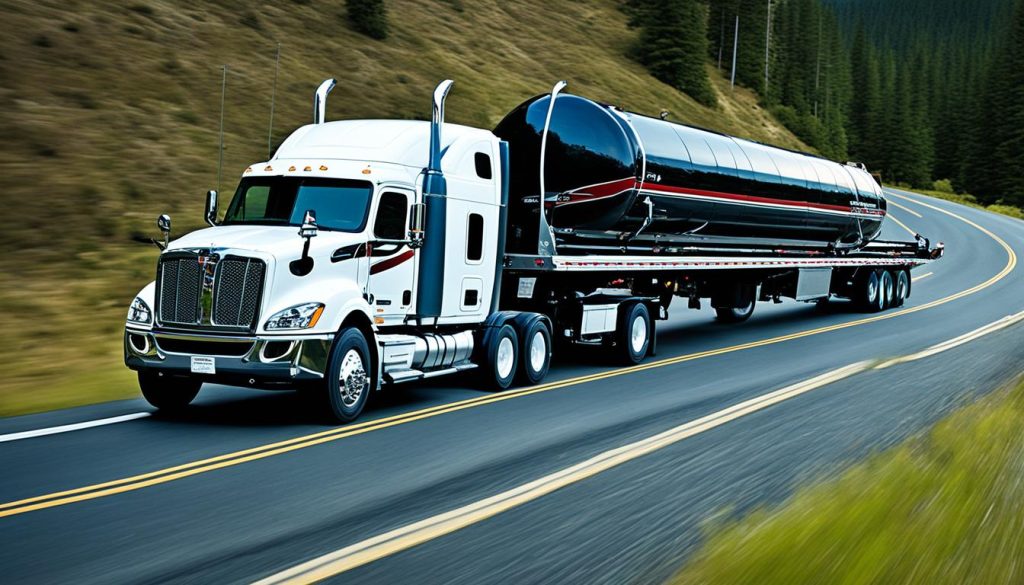
“Choosing the right axle ratio is crucial for towing. A higher ratio, such as 3.55 or 3.73, provides the necessary torque and towing capacity, while a lower ratio like 3.31 can still offer sufficient capacity, especially when combined with a modern transmission designed for optimal power delivery.”
– AutoTow Magazine
Choosing the Right Axle Ratio
When it comes to selecting the right axle ratio for your vehicle, there are several important factors to consider. By evaluating your specific needs and preferences, you can make an informed decision that enhances your driving experience.
First, take into account your typical driving conditions. Consider whether you primarily drive on highways or city streets, as well as the terrain you commonly encounter. This information will help you determine the ideal axle ratio for optimal performance in your daily driving environment.
Next, assess your towing requirements. If you frequently tow heavy loads, such as trailers or boats, a higher axle ratio like 3.55 or 3.73 may be your best choice. A higher ratio delivers increased torque to the wheels, allowing for easier and more efficient towing.
Lastly, consider your desired fuel economy. If saving on fuel costs is a priority for you, and your towing needs are minimal, a lower axle ratio like 3.31 can offer better fuel efficiency during normal driving conditions. This ratio enables the engine to operate at lower RPMs, resulting in improved fuel economy on the highway.
To ensure the best decision, it’s recommended that you test drive vehicles with different axle ratios. This firsthand experience will allow you to evaluate the performance and capabilities of each ratio, helping you select the one that aligns with your specific requirements. Remember, choosing the right axle ratio is essential for achieving the performance, towing capacity, and fuel efficiency you desire.
FAQ
What is a 3.51 non-limited slip rear axle ratio?
The 3.51 non-limited slip rear axle ratio refers to the gear ratio in the vehicle’s differential, which determines how many times the driveshaft rotates for every revolution of the wheels. This ratio affects the vehicle’s performance and towing capacity.
What does a non-limited slip axle mean?
A non-limited slip axle means that power is distributed evenly to both wheels, providing better traction.
What type of vehicles commonly have a 3.51 non-limited slip rear axle ratio?
The 3.51 ratio is commonly found in trucks and SUVs and is ideal for towing and off-road driving.
Is a lower or higher axle ratio better for fuel efficiency?
A lower axle ratio, such as 3.31, can provide better fuel efficiency at highway speeds, as the engine can operate at lower RPMs. However, it may not provide as much acceleration or towing power compared to a higher ratio, like 3.55 or 3.73.
What is the difference in fuel efficiency between different axle ratios?
The difference in fuel efficiency between axle ratios can range from 0.5 to 1.0 MPG at 65 MPH, depending on the specific vehicle and driving conditions.
How does the axle ratio affect a vehicle’s acceleration?
A higher axle ratio, such as 3.55 or 3.73, can provide quicker acceleration due to the increased torque delivered to the wheels.
How does the axle ratio impact a vehicle’s towing capacity?
A higher axle ratio, like 3.55 or 3.73, provides a greater torque multiplication, allowing the vehicle to tow heavier loads with ease.
How do I choose the right axle ratio?
When selecting the right axle ratio, it’s essential to consider your specific needs and preferences, such as your typical driving conditions, towing requirements, and desired fuel economy.

